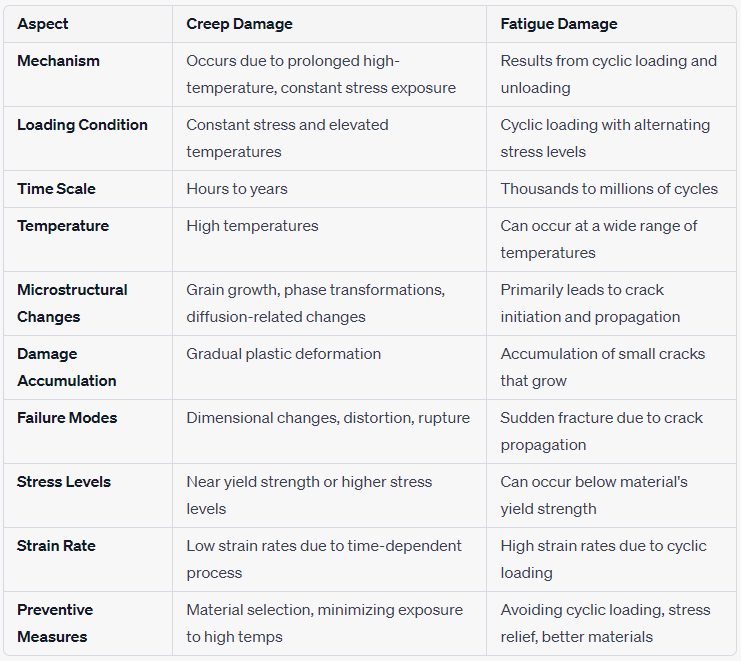High Temperature Hydrogen Attack in a Catalytic Reformer
- matintegrity
- Jan 10, 2023
- 3 min read
Updated: Jun 15, 2023
High-temperature hydrogen attack (HTHA) occurs when steels are exposed to hydrogen gas at elevated temperatures and pressures. The hydrogen atoms react with carbon and carbides in the steel to form methane (CH4). Surface decarburization, which is the loss of carbon from the surface of the steel, can occur as a result of this reaction, but it is normally not detrimental to the point of limiting the life of equipment. However, extensive decarburization can reduce component strength. If the diffusion of carbon to the surface is limited, CH4 is formed internally through internal decarburization. This internal CH4 cannot diffuse through the steel to escape, causing internal CH4 pressure to build up and form bubbles or cavities, then microfissures, and eventually fissures that may combine to form cracks. These cracks can reduce the load-carrying ability of the pressure-containing part and lead to equipment failure.
Stress risers such as mechanical notches and welding defects can increase crack propagation rate and time to failure
Executive summary of the case:
This is a real case study where, a semi-regenerative catalytic reforming unit experienced a leak in the combined reactor feed-effluent exchanger at a weld joining carbon steel and 1% chromium steel shell courses. The failure was caused by localized high temperature hydrogen attack (HTHA) at the fusion line between the weld and the carbon steel base metal. The HTHA occurred below the carbon steel Nelson curve and was the result of joint design and welding defects.
An extensive leak observed in the insulation of a platformer reactor feed-effluent exchanger. The unit was shut down and the insulation was removed to reveal a through-wall crack on a weld joining the upper 1Cr ½ Mo section of the vessel to the lower carbon steel section. Hardness readings at both sides and weld metal were normal, but an ultrasonic inspection detected a crack extended around the full circumference of the shell. No damage was detected in the carbon steel or 1Cr ½ Mo longitudinal seam welds at their points of intersection with the dissimilar weld metal.
A thorough examination of samples taken from the shell revealed that the crack initiated at the toe of the dissimilar metal weld root pass and propagated along the fusion line between the weld and the carbon steel base metal. The cracks were inter-granular and limited to a narrow band of material. The microstructure of the fusion line consisted of ferrite grains decorated with grain boundary iron carbides, which decomposed in the presence of hydrogen at high temperatures and resulted in the formation of high pressure methane at the grain boundaries. This caused fissuring and decarburization in a narrow band of material on either side of the crack and up to 150 µm ahead of the main crack tip.
During an examination of the shell, it was observed that the process-side weld bevel preparation of the dissimilar metal weld (DMW) was unusual. The DMW was a single-sided field closure weld for the shell made using a combination of GTAW and SMAW procedures and carbon steel filler material, and it had undergone local induction post-weld heat treatment.
The joint design included a 15-degree back-bevel on the process side, which resulted in an root profile that intensified longitudinal tensile stresses when the vessel was under internal pressure.
Consequently lack-of-fusion defects were found in the DMW samples have not been detected during construction quality assurance/quality control, if so it would have been classified as rejectable defects that requiring repair or reweld. A risk-based inspection study conducted two years prior to the leak found that the possibility of high temperature hydrogen attack (HTHA) damage to the heat exchanger shell was low. However, the operating temperature and pressure of the DMW were higher than anticipated, and the DMW root pass was found to have poor quality. These factors, along with the mechanical notches and lack-of-fusion defects, likely contributed to the failure of the DMW.









Comments